May 23 2014 Carden Plain, ON. American Bitterns are one of those birds you almost never see. Birders in general consider seeing or hearing one as noteworthy, certainly the sort of thing you want to tell your birding friends about, and even worth trying on with your family, just in case there’s some interest.
Had you asked me back in January, how often I see an American Bittern; I probably would have said: very occasionally, maybe once a year if I’m in the right time and place, or more likely once or twice a decade. This year I’ve had four sightings, and by far the best came today. The first a month ago while sloshing along an informal trail through a dense cattail marsh; the second two weeks later at the bird observatory when a small group of us surprised one resting at the side of a wet trail, and the third on my way to conduct a survey of amphibians, we watched one trying with mixed results to become a part of a distant cattail marsh. Today’s American Bittern was hands-down the star performer and Bird of the Day.
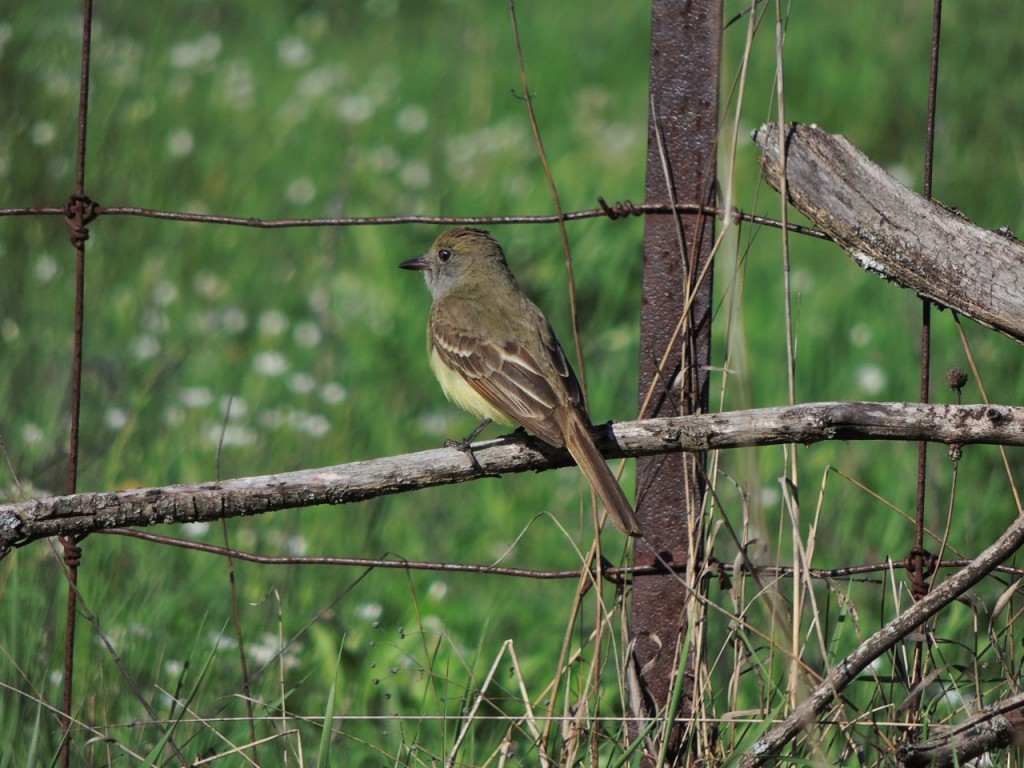
Today we made, what among Ontario birders almost amounts to, a pilgrimage to Carden Plain, an area celebrated for its flat limestone landscape and biodiversity: a mix of watercourses, marshes, swamps and alvars (areas of little or no soil overlying limestone bedrock and subject to excessive heat, cold, drought and other extremes.)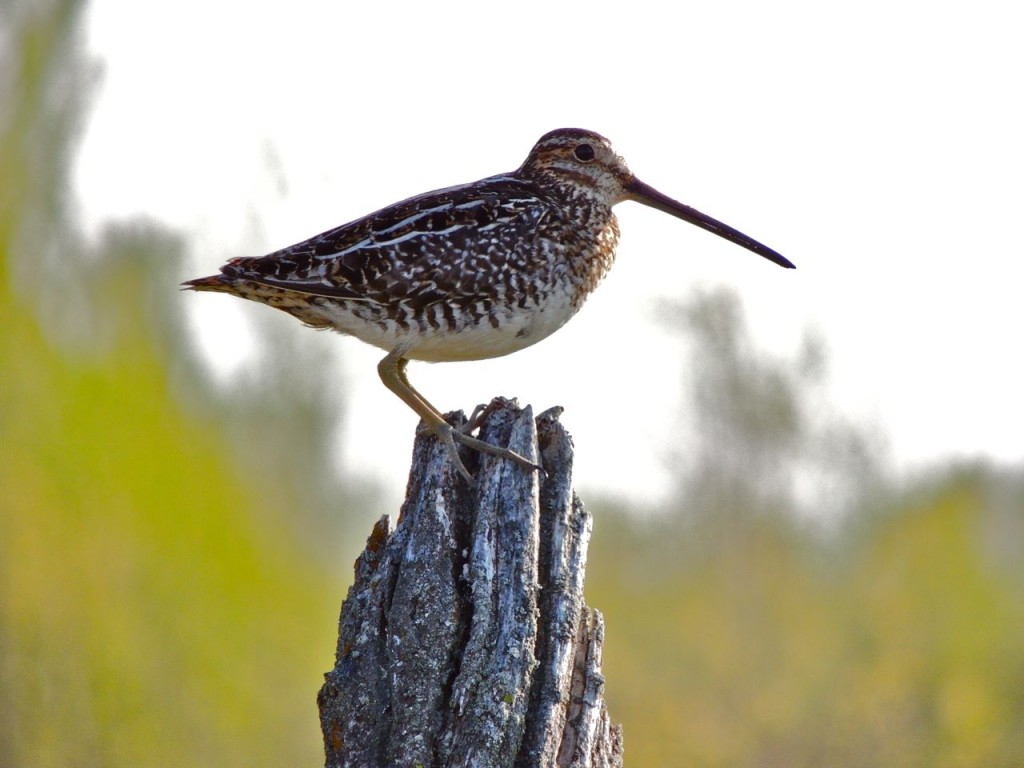
Our day was full of nice surprises including a couple of distant Loggerhead Shrikes, a species considered at risk and Endangered in Ontario. The dry fields of Carden Plain support a few breeding pairs along with plenty of Eastern Bluebirds, Upland Sandpipers, Savannah and Grasshopper Sparrows, Eastern Kingbirds and Brown Thrashers. A Great-crested Flycatcher and a Wilson’s Snipe posed obligingly for the above photos and I’ve had to delete many photos of a Vesper Sparrow that was just too far away. It was a full day that ended with us listening in the cold wind for Yellow Rails, a diminutive, elusive and generally un-seeable bird. It eluded us with night falling and a Common Nighthawk zig-zagging overhead .
But, what of the American Bittern? Late afternoon, as we were making our way slowly along a gravel road that bisects a large marsh, we were astounded by an up-close encounter with an American Bittern stalking slowly and deliberately across the road not ten feet in front of us; it was totally unexpected. Bitterns are known as shy and retiring, relying on their cryptic colouring to disappear into a marsh; not for just popping out to cross the street. It was clearly apprehensive about being so exposed, stepping delicately and deliberately in a very horizontal, crouching-with-head-tucked-in pose, it wasted no time out in the open, but still we had the most astounding, if short-lived, opportunity to really see an American Bittern. But there was more to come.
Later that evening when the light was fading, we could hear the bittern calling; that in itself, is an experience few have knowingly experienced. A bittern’s song (if you could possibly call it that) warrants an entire website, but this short but marvellous movie from the Miracle of Nature website, more than does it justice. It is quite possibly one of nature’s strangest sounds to come from a vertebrate. I’ll refer to Pete Dunne’s Essential Field Guide Companion for perhaps the best written description: “One of the classic sounds of the marsh – a resonant, imperfectly suppressed, three note belch – gulp-G-gulp – sometimes likened to a stake being driven into the marsh; in tone and cadence nearly suggests a bassoon with a limp.” We were able to track down the bird which was ill concealed in an expanse of marsh grass and I managed to get a few reasonable photos.
Perhaps as compelling as the actual song is the five-second prelude as the bird seemingly winds up for the exertion ahead. It claps its bill two or three times, exhales with a couple of minor gulping clicks and then launches into the song while thrusting its head and neck rhythmically, rather like our cat preparing to throw up something it should never have eaten. The gallery series of photos above (visible only on the website not if you’re reading this as an email,) may help to visualize the performance, but really you had to be there.
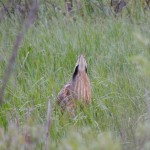
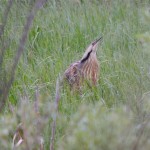
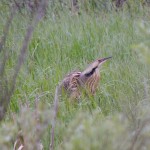
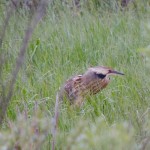
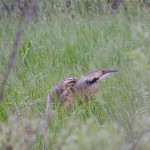
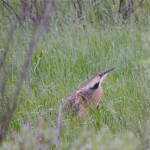
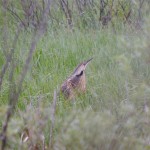
NICE!!!
I find the Bittern sounds a bit like a plunger (as in, what’s used to unstop the plumbing)!